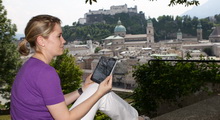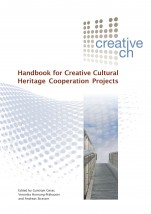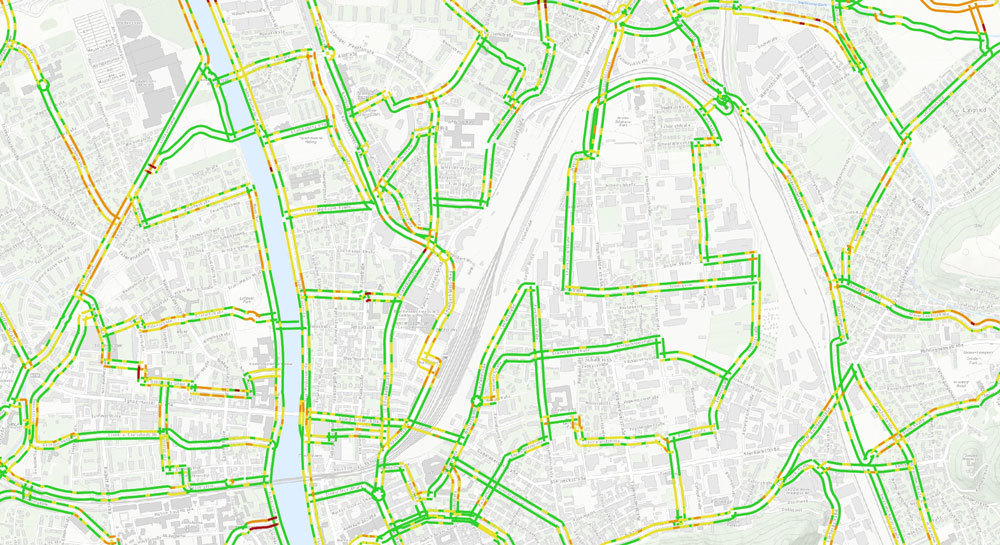
Creative Cultural Heritage
Europe has an enormous cultural heritage. In the shadow of the “big” attractions amazing stories and aspects are hiding. The EU research project promotes innovative examples for Salzburg, the Banat (Romania), Catalonia and Tuscany.
The European research initiative CreativeCH (Creative Cooperation in Cultural Heritage) aims at representing cultural heritage with new technologies and attracting both locals as well as visitors. In collaboration with institutions in science and culture and the creative industries creative forms of cultural mediation will be developed. A central concern is to introduce even young people to the subject.
Handbook for Creative Cultural Heritage Cooperation
 As part of the project Salzburg Research published a handbook that provides information about numerous practical examples and thus offers lots of inspiration for the creative industry. Case studies from all over Europe, success factors and specific recommendations for the implementation of innovative cultural heritage provide a valuable starting point for the creative approach to modern cultural mediation.
As part of the project Salzburg Research published a handbook that provides information about numerous practical examples and thus offers lots of inspiration for the creative industry. Case studies from all over Europe, success factors and specific recommendations for the implementation of innovative cultural heritage provide a valuable starting point for the creative approach to modern cultural mediation.
The Handbook and Toolkit highlight the important role of creative, cross-domain cooperation in the communication and valorisation of cultural heritage. The products provide a knowledge base, inspiring examples, and recommendations for cooperation projects.
Included are results of CreativeCH expert workshops and additional studies as well as 21 case studies of projects in focus areas of the project. The areas include Archaeological Sites, World Heritage Towns, Industrial Heritage, Historical Places and Buildings, Cultural Routes, and Citizens’ Cultural Participation.
The products emphasise creative communication of cultural heritage with ICT and new media. Communication is crucial for making heritage known and appreciated, and helps making the case for preserving it.
Guntram Geser, Veronika Hornung Prähauser, Andreas Strasser (ed.) (2014) Handbook for Creative Cultural Heritage Cooperation Projects. Salzburg: Salzburg Research. ISBN 978-3-902448-39-2






